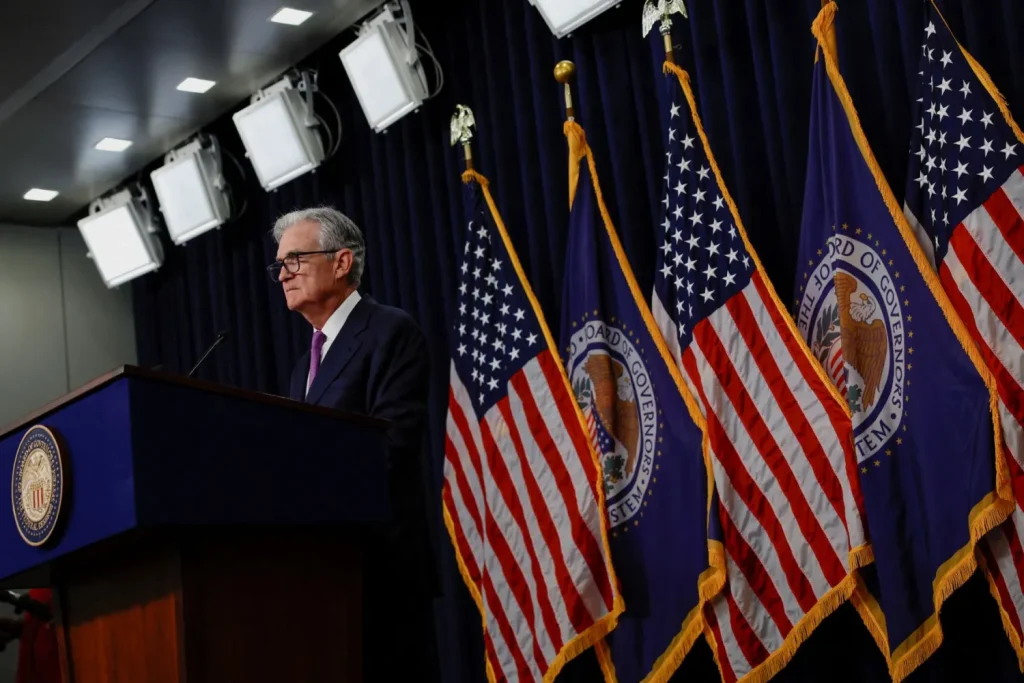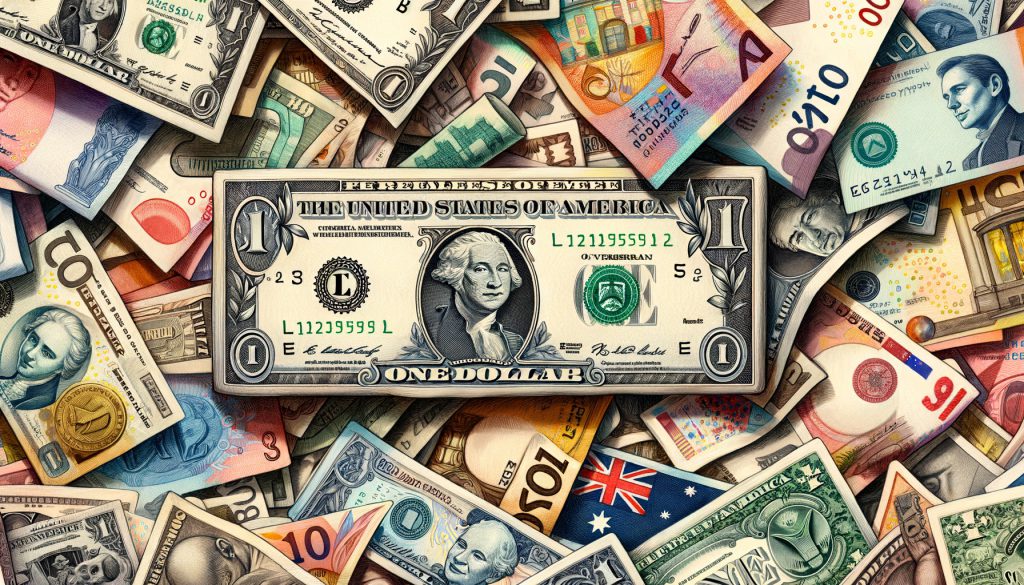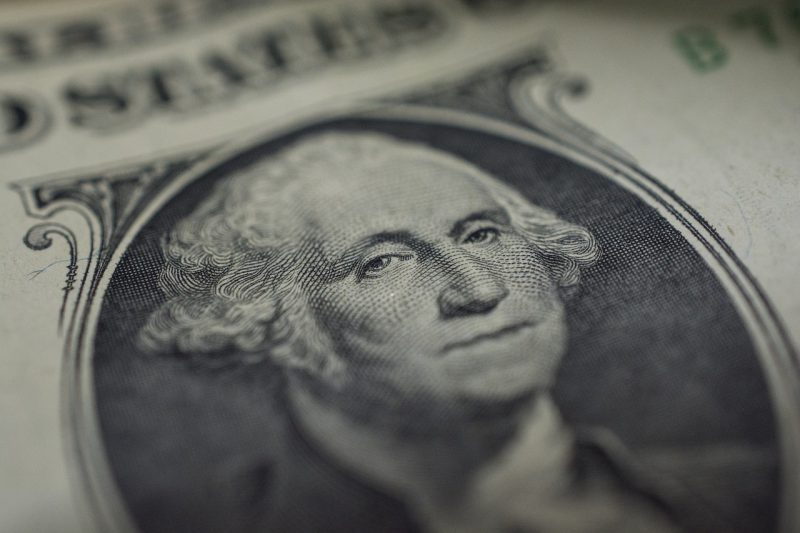Amid the BRICS ongoing de-dollarization initiative, the US Central Bank has officially hit more than $1 trillion in losses, which could have a massive impact on the dollar. Indeed, the Federal Reserve has seen its paper losses actualized into more than $100 billion in actual losses. Moreover, there appears to be no relief on the doorstep.
The country has consistently been fighting off mounting national debt. With many forecasting a debt crisis in 2030, there have been rumblings about what this could mean for the dominant global reserve currency. This is especially concerning as the country has yet to navigate through its ongoing interest rate dilemma.

Also Read: BRICS: Top Analyst Predicts U.S. Dollar Collapse
US Federal Reserve Reaches $100B in Actual Losses as BRICS Keeps Coming for the Dollar
The Federal Reserve appears to be grappling with a struggling balance sheet. As the BRICS alliance works to challenge its position, the US Central Bank has officially surpassed $1 trillion in losses that could impact the fate of the dollar.
According to recent statistics, the Federal Reserve boasted more than $984 billion in unrealized losses at the end of 2023. That has been further impacted by high interest rates. Whatever plan they have to mend the balance sheet issues are only more convoluted with the Fed not yet cutting interest rates.
That isn’t the only issue affecting the US, as economist EJ Antoni recently shared insight into the impending US debt crisis. He reported that US national debt interest payments will surpass $1.14 trillion this year. That would constitute more than 76% of all collected income tax.


Also Read: BRICS Alliance Discuss Plan That Could be Catastropyearhic for the US Dollar
Former Treasury Secretary Steven Mnuchin recently told Bloomberg that a strong dollar is helping in that ongoing debt fight. Specifically, it finances the growing deficit. But he also noted that November’s presidential election must see the beginning of a change.
The increasing and unsustainable debt concerns only depreciate confidence in the US dollar. Moreover, it creates higher rates of inflation and erosion in the currency. Altogether, the ongoing debt issue only erodes the greenback if left unchecked. Where that becomes an even greater issue is when you factor in the opposition that the dollar is facing.
The BRICS bloc has been the face of de-dollarization for the last two years. It has embraced countermeasures to lessen international reliance on the asset. Moreover, it has sought to institute its currency.
That would allow increased unilateral trade that is beneficial to the collective. Moreover, it would provide more avenues to lessen the dollar’s presence. With the other present issues, that could have a monumental impact on the currency’s value.





